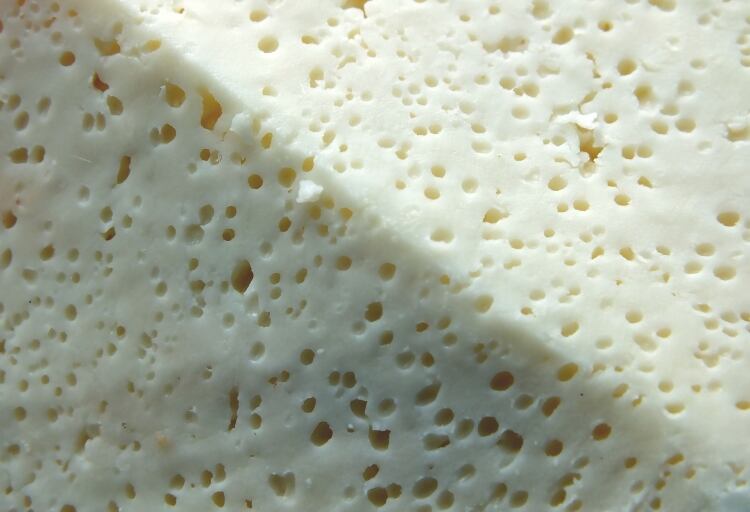White brined cheese is a traditional product consumed by millions of Bulgarians. Hundreds of brands of cheese are available on the market, which provides a wide choice for consumers.
Since 2005, the consumer group has conducted four tests on the quality and safety of white brined cheese. The aim of the most recent study was to determine the quality of white brined cheese by comparing the laboratory-measured water content with the value set by the BDS (Bulgarian Institute for Standardization).
The cheeses were bought from six cities around the country (Sofia, Plovdiv, Varna, Veliko Tarnovo, Ruse and Pernik) from different stores.
The consumer group said white brined cheese can and should contain up to 54% water, yet only one of the 30 cheeses met this requirement. Ten of the cheeses were in the 62-70% range, with 16 cheeses coming in at more than 70%, with the most 77.8% water.
The group said in 2005, no cheese was found to contain more than 62% water. In 2008, the percentage of hydrated cheeses was 4.8, in 2011 it was 42%, in 2016 it was 27.8%. In the present study, 87% (26 of 30) of the tested low-price brands included more than 62% water, and 53% (16 of 30) of the samples found more than 70% water.
The authors of the study said manufacturers add water to cheese because the less milk is used to make the cheese, the greater the producer's profit. However, they add that the presence of more water in food is not perceived negatively by consumers, at least not as much as the use of palm oil, for example, and for many it is a ‘harmless scam.’
The group said there are several ways manufacturers can increase the amount of water in the cheeses.
It cites moisture-retaining chemicals, for example through starches and various polysaccharide process additives and gelling/gelling agents (E numbers). Most are developed for the confectionery industry but some are used by producers who want to add water to cheeses. Sometimes vegetable proteins and various salts or combinations of all of the above are also used for this purpose.
In recent years, the study said, enzymes with different functions have entered the dairy sector. It mentions transglutaminase, which, instead of breaking down milk proteins, cross-links proteins. It connects the chains of individual proteins into one. In this way the product becomes mechanically stronger and retains more water without disintegrating. From a practical point of view, a "cheese" is obtained from less raw material, instead of milk there is water. In addition, transglutaminase preserves the product.
The consumer group said the 16 cheeses with more than 70% water content should not be labeled as cheese. It added that a small change in water content can lead to drastic changes in quality and safety.
Increased water content activates undesirable chemical processes in dairy products, and can produce harmful and sometimes toxic and carcinogenic chemicals, the report said. The more water there is, the faster these reactions occur and the risks for consumers increase.
Lactic acid bacteria usually develop in cheeses and pathogenic ones are suppressed. The change in water content shifts the balance between bacteria and allows the growth of atypical microorganisms in the cheese. Some may be pathogens that are dangerous to the health of consumers, the consumer group argued.
Active Consumers said it recommends mandatory labeling of water content for all dairy products, and is also proposing cheese with a water content of more than 62% be classified as an imitation dairy product.

